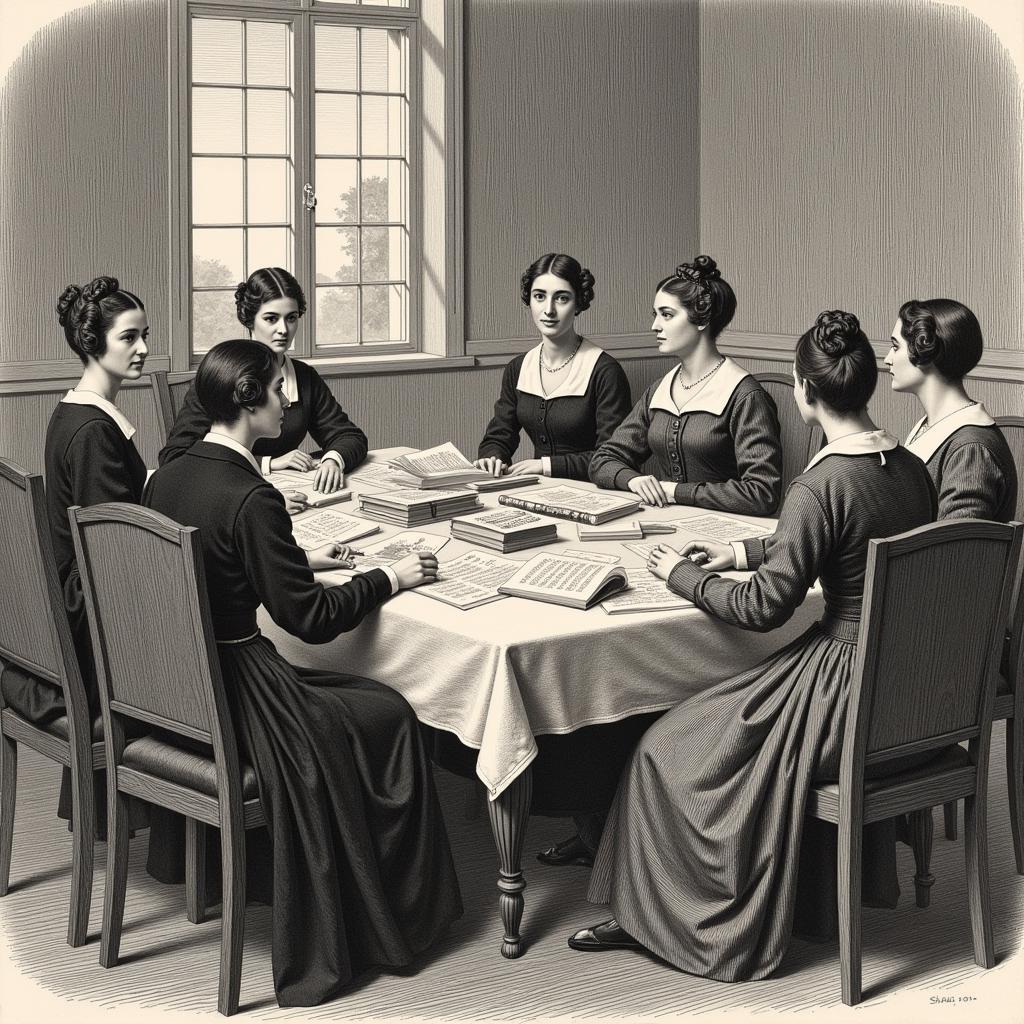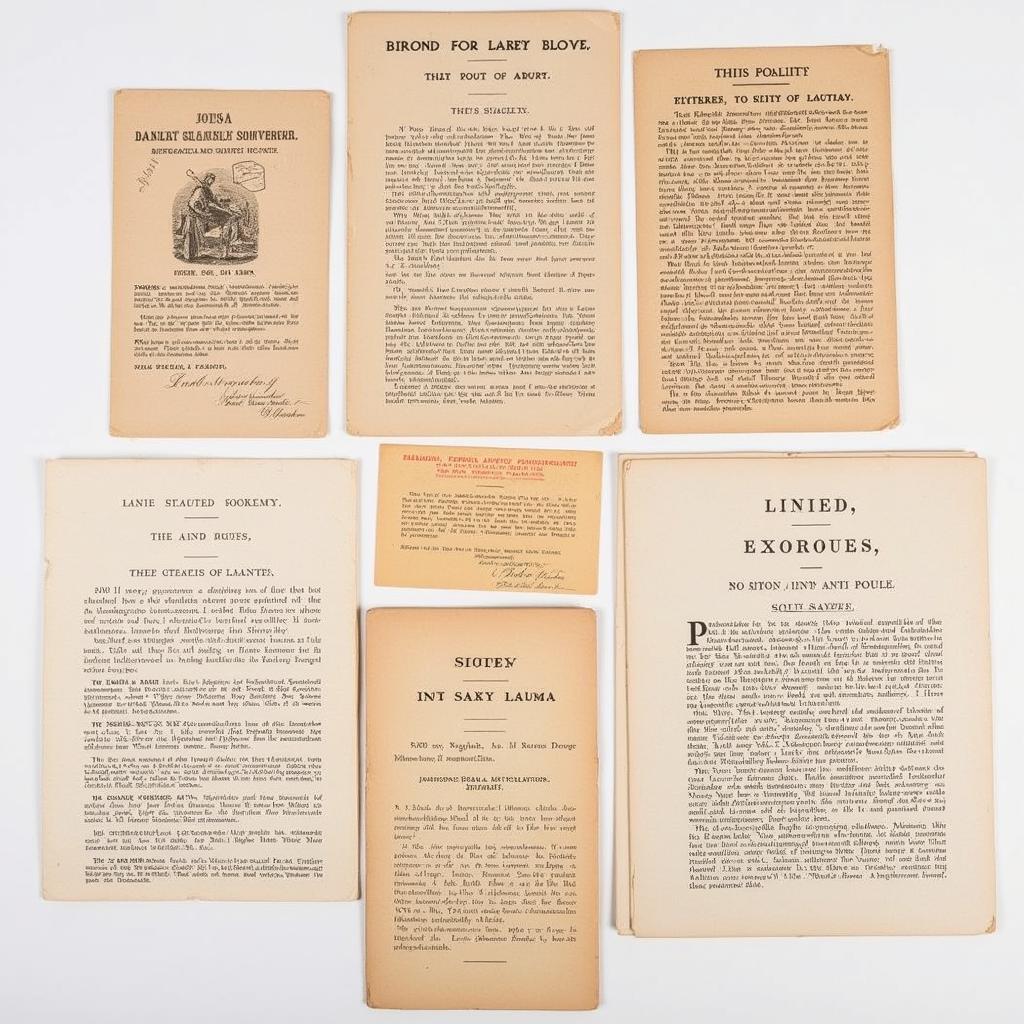The Boston Female Anti-slavery Society, founded in 1833, stands as a testament to the power of collective action and the unwavering commitment of women in the fight against slavery. These courageous women challenged societal norms and played a pivotal role in the abolitionist movement, ultimately contributing to the emancipation of enslaved people in the United States. Their legacy continues to inspire activists and advocates for social justice today.
The Formation and Early Work of the Boston Female Anti-Slavery Society
The boston female anti slavery society emerged during a time of intense social and political upheaval. Inspired by the growing abolitionist movement, a group of women in Boston recognized the need for a dedicated organization that would amplify their voices and coordinate their efforts against slavery. They believed that women had a unique moral obligation to speak out against this injustice and work towards its eradication.
These women, many of whom were from prominent families, risked their social standing and reputations by publicly challenging the institution of slavery. They organized meetings, published pamphlets, and circulated petitions, tirelessly working to raise awareness about the horrors of slavery and to mobilize support for abolition. Their efforts were met with resistance from both pro-slavery factions and those who believed that women should not participate in the political sphere.
 Boston Female Anti-Slavery Society Meeting
Boston Female Anti-Slavery Society Meeting
Key Figures and Their Contributions
The Boston Female Anti-Slavery Society boasted a roster of remarkable women who dedicated their lives to the cause of abolition. Maria Weston Chapman, a prominent figure in the society, played a crucial role in organizing and fundraising. Lydia Maria Child, a prolific writer and activist, used her pen to expose the injustices of slavery and advocate for its abolition. Other notable members included Angelina and Sarah Grimké, sisters from a slaveholding family in South Carolina who became outspoken advocates for abolition.
These women, and many others, worked tirelessly to raise public awareness and mobilize support for the anti-slavery cause. They organized fundraising events, circulated petitions, and published anti-slavery literature. Their dedication and unwavering commitment played a crucial role in shaping public opinion and advancing the abolitionist movement.
 Maria Weston Chapman Portrait
Maria Weston Chapman Portrait
The Society’s Impact on the Abolitionist Movement
The boston female anti slavery society made significant contributions to the broader abolitionist movement. Their dedication and unwavering commitment helped to raise public awareness about the horrors of slavery and galvanize support for its abolition. They challenged societal norms by demonstrating the power of female activism and paving the way for future generations of women’s rights advocates.
The Society also played a crucial role in supporting the Underground Railroad, a network of secret routes and safe houses used by enslaved people to escape to freedom. They provided financial assistance, shelter, and other resources to those fleeing slavery, demonstrating their commitment to concrete action and tangible support for those seeking liberation.
What were the main goals of the Boston Female Anti-Slavery Society?
The primary goal of the Boston Female Anti-Slavery Society was the immediate and complete abolition of slavery in the United States.
How did the Boston Female Anti-Slavery Society contribute to the abolitionist movement?
The Society contributed through fundraising, raising awareness, supporting the Underground Railroad, and challenging societal norms.
The Legacy of the Boston Female Anti-Slavery Society
The boston female anti slavery society leaves a lasting legacy of courage, resilience, and unwavering commitment to social justice. Their work serves as a powerful reminder of the transformative power of collective action and the importance of speaking out against injustice. The Society’s story continues to inspire activists and advocates fighting for equality and human rights around the world. Their dedication and unwavering commitment to the cause of abolition laid the groundwork for future social justice movements and continue to resonate with us today.
 Anti-Slavery Society Pamphlets
Anti-Slavery Society Pamphlets
The Boston Female Anti-Slavery Society’s unwavering fight for freedom and equality remains a powerful inspiration in our continued pursuit of a more just and equitable world.
FAQ
- When was the Boston Female Anti-Slavery Society founded? (1833)
- Who were some prominent members? (Maria Weston Chapman, Lydia Maria Child, Angelina and Sarah Grimké)
- What was their primary goal? (The immediate and complete abolition of slavery)
- How did they contribute to the abolitionist movement? (Fundraising, raising awareness, supporting the Underground Railroad)
- What is their lasting legacy? (Inspiration for social justice movements and women’s rights advocacy)
- Where can I find more information about the Boston Female Anti-Slavery Society? (Visit our page dedicated to the boston female anti slavery society for more information.)
- Are there other organizations similar to the Boston Female Anti-Slavery Society that I can learn about? (Yes, explore our website for information on other related organizations and their contributions to social justice.)
Need support? Contact us 24/7: Phone: 02043854663, Email: [email protected], or visit us at Khu 34, Bắc Giang, 260000, Vietnam.